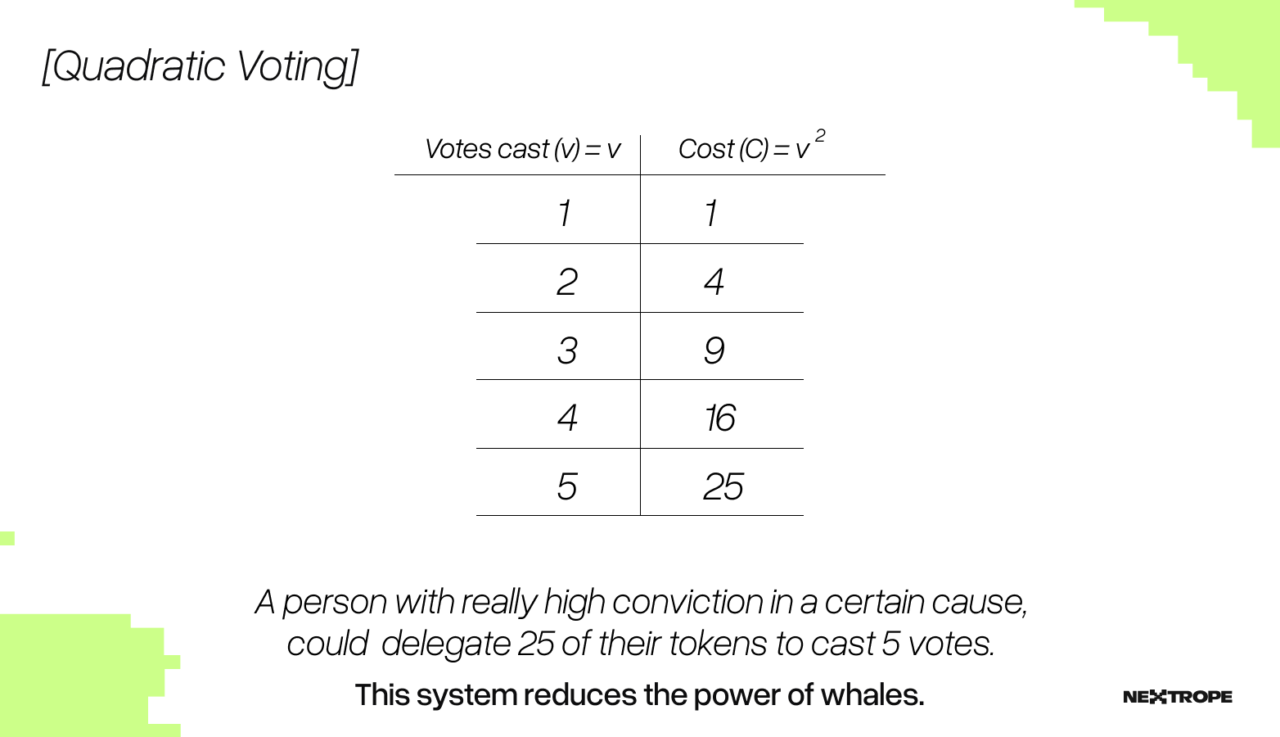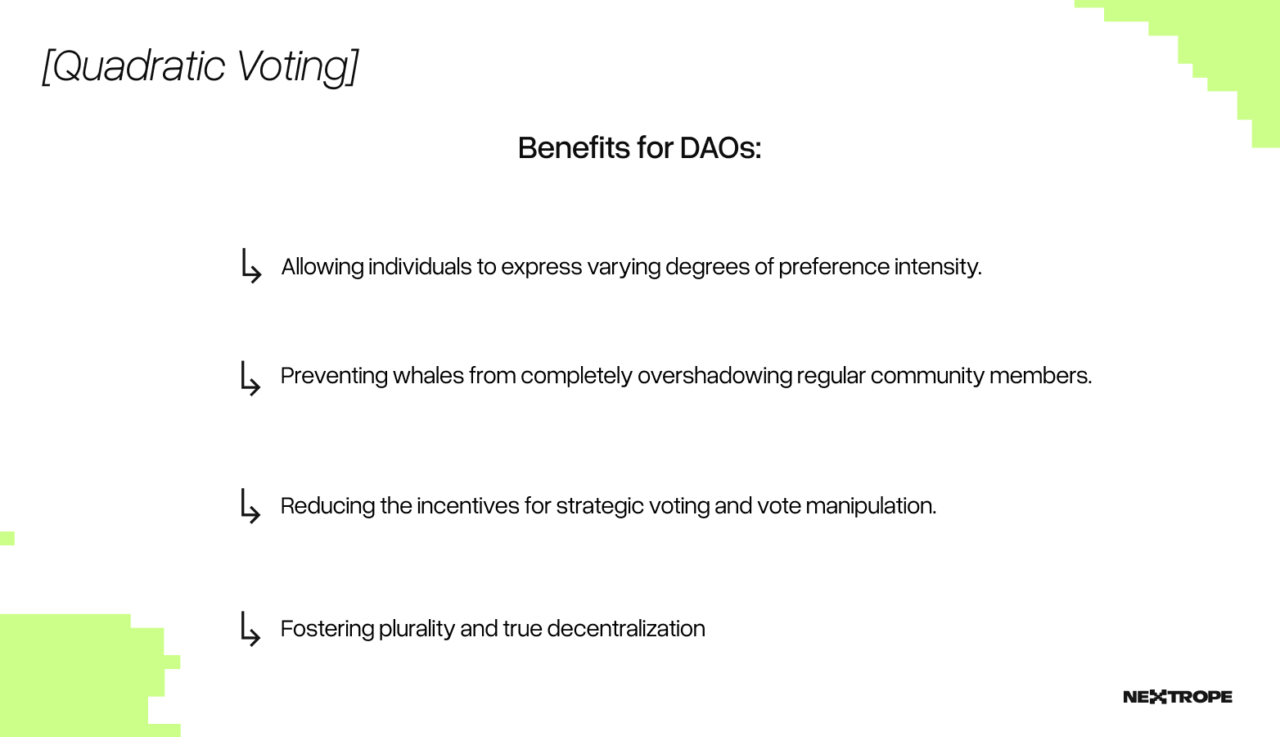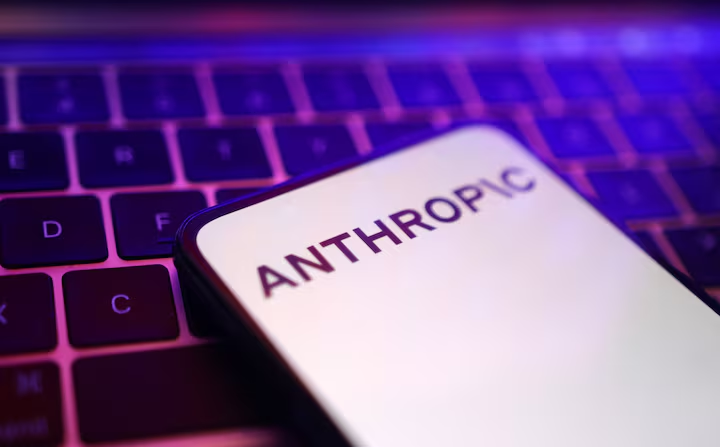Coinbase-backed Base unveils upgrades aiming for double Solana’s speed
Ethereum Layer 2 network, Coinbase-backed Base, has introduced three key innovations to improve blockchain scalability and usability.
According to a Feb. 27 blog post, these tools—Flashblocks, Smart Wallet Sub Accounts, and Base Appchains—seek to simplify blockchain development while enhancing transaction efficiency.
Base explained that these tools highlight its focus on expanding the on-chain economy through faster transactions, customized infrastructure, and improved wallet functionality.
It stated:
“We’re introducing three new building blocks to empower everyone to build onchain: Flashblocks to make Base faster, Base Appchains to help Base scale, and Smart Wallet Sub Accounts to make Base simpler to use.”
These updates reinforce Base’s position as the leading Ethereum Layer 2 network. Data from GrowThePie shows that it handles 4.61 million weekly active addresses, which accounts for over 50% of Layer 2 activity.
Flashblocks
According to the post, Base is testing Flashblocks, a new technology designed to cut transaction processing time from two seconds to 200 milliseconds.
Developed by Flashbots, this innovation could make Base ten times faster, potentially establishing it as the most efficient Ethereum Virtual Machine (EVM) chain.
Flashblocks leverages preconfirmation blocks that refresh every 200 milliseconds, enabling rapid transaction finality. Base added:
“This architecture draws inspiration from innovations in block propagation and execution — such as Solana’s shreds and Celestia’s data squares — while introducing novel optimizations for the rollup context.”
Jesse Pollak, Base’s lead developer, emphasized its performance potential, noting that the platform could operate twice as fast as Solana, significantly improving both developer and user experience.
The technology is currently being tested on Base’s Sepolia testnet. A mainnet launch is planned for Q2 2024.
Base Appchains
Base is rolling out Base Appchains, a Layer 3 (L3) scaling solution built on the OP Stack.
This tool is designed to support applications requiring high transaction throughput. Base stated that Appchains offer developers a more flexible environment by enabling configurable gas tokens, fee structures, and permission models.
The solution integrates directly with the Coinbase Developer Platform (CDP) and provides enterprise-grade infrastructure, including managed sequencers and dedicated blockspace.
Several applications, including Horizen, Metacade, and others, are already leveraging Base Appchains to support real-world privacy applications and meet the high demands of on-chain gamers.
Smart Wallet Sub Accounts
Smart Wallet Sub Accounts improve how users manage their on-chain activity by allowing multiple wallets to function within a single interface.
This feature reduces unnecessary wallet pop-ups and enhances transaction security through granular spending limits.
It also simplifies onboarding, as new accounts can be funded directly from a primary wallet while maintaining strict access controls.
According to Base, Smart Wallet Sub Accounts are ready for integration on the network’s testnet and will be live on the mainnet in Q2.
Mentioned in this article














 The study represents a quantitative analysis of the present Outdoor BTS Antenna Market trends, estimations, and dynamics of the market size from 2025 to 2032 to determine the most promising opportunities.
The study represents a quantitative analysis of the present Outdoor BTS Antenna Market trends, estimations, and dynamics of the market size from 2025 to 2032 to determine the most promising opportunities.







